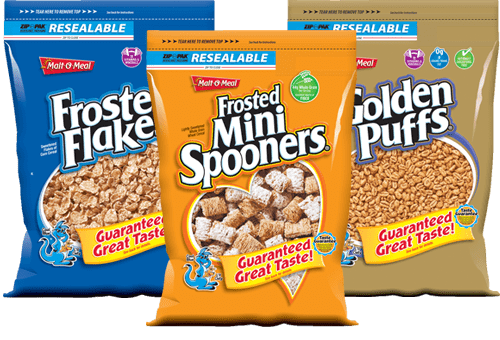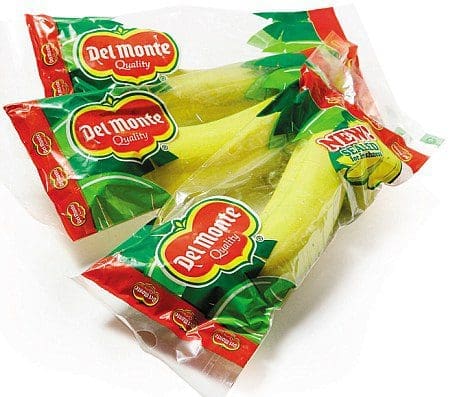There must be an unrecognized global shortage of packaging design companies; why else would horrible package designs still linger on our shelves, in spite of the collective public hatred of them?
Not that you needed to be reminded, but here are a few roundly despised categories of product packaging. Please take note so that you can boycott all products that feature any one of these packaging options. If we are still plagued with these packages in one year’s time, you have no one but yourselves to blame.
Clam Shell Packaging
The packaging most likely to be violently hurled across a room in frustration and disgust, hence the phrase “frustration-free packaging” for non-clamshell designs. Clam shell packaging is the type of product packaging typically reserved for electronics, small kitchen appliances, tools, children’s toys and basically anything you’d like to access immediately. One of the main issues with this type of draconian packaging is the difficulty in accessing the product without slicing open your hands in the attempt. This type of packaging is certainly sturdy; it is ideal for protecting products during long and arduous shipments. But what about the safety and integrity of the consumers’ fingers? Do they not merit consideration?
Foil Sealants (Impossible to Remove without a Stabbing Tool)
Bottles of astringent, rubbing alcohol, peroxide, vitamins, instant coffee, spices and aspirin all have foil cap sealers that must be vigorously scraped in order to release the contents from within. Yes, we realize that tampering is an issue ever since some psychopath in the 1980s went on a Tylenol poisoning rampage, but why do these sealants vary in quality to such a startling degree? Why is it that some seals are perfectly airtight and secure and can be removed with one firm tug, while others force you to claw and claw and stab with a knife until little shards of foil fall into the contents and contaminate the whole $%^&! bottle of dried oregano? Wow, we got really worked up over that one.

Packaging on Top of Packaging… on Top of Packaging
Snack food companies are typically guilty of this phenomenon — particularly snack foods geared towards small children, but other products have been known to engage in this unfortunate practice. Basically, it is packaging that holds other packaged products — ostensibly for the ease and convenience of individually portioned sizes. So, you have a gigantic economy-sized package of Doritos, with smaller baggies of Doritos inside. Or, you have a canister of pitted dried plums that are individually wrapped (one plum per wrapper, because for decades the public hew and cry was for single, easy to transport dried plums).
Bag Packaging with No Stabilizing Features

Typically the domain of generic food brands, the bagged cereals that are most often the recipients of this treatment necessitate the ownership of a reusable canister in order to store the product securely once opened. Is it so difficult to design bags that can stand upright? Do major food corporations have a monopoly on breakfast cereal boxes or something? Why must cardboard equal quality?
Packaging for the Sake of Packaging
Our favorite example of absurd packaging ideas: The banana wrapper (get your minds out of the gutter, people). Yes, the banana wrapper, marketed as an anti-spoiling device, but which actually acts as an ingenious price-increasing mechanism. But maybe we’re just being cynical; maybe consumers want to hang onto their carefully packaged single bananas for days on end.

Take heed, packaging design companies; we want secure, attractive and easy to open packages and we want them now! Naturally, we recognize that not all packaging can be wholly frustration-free; if you want plutonium, you’re just going to have to buy the appropriate tools and a haz-mat suit. But for heaven’s sake; must opening a simple USB charger package require the use of a band saw?
Subscribe to
Nice Package.
SmashBrand’s Nice Package: Stay current with our latest insights
Free Resource.

CPG product repositioning guide.
Explore the five undeniable signs your CPG product needs repositioning along with strategies for leveraging consumer insights for a guaranteed market lift.
Download Whitepaper About CPG product repositioning guide.